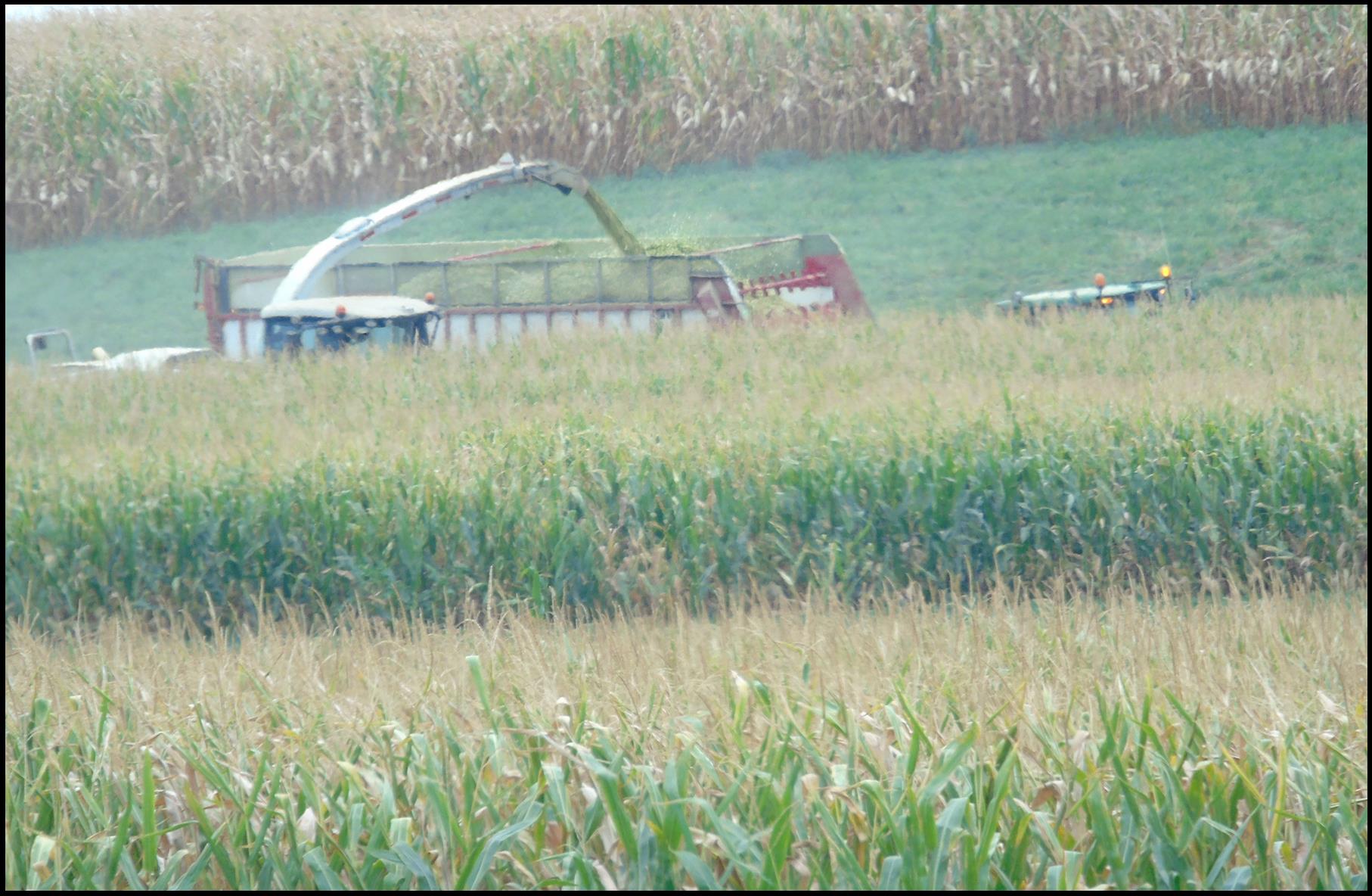Grasses for Dairy-Quality Forage? For many years, alfalfa and corn silage have been the staples of dairy diets throughout the Great Lakes Region & the North-East. Cool-season grasses (such as orchardgrass, timothy & tall fescue) which traditionally have been early-maturing, stemmy, hard-to-manage and just not very productive were considered old-fashioned impediments to high-quality dairy forage. […]
Category: Economic Comparison

TOOL #2- High-Oil Corn with Greater Energy Density than Standard Hybrids
Benefits of High Oil Corn Corn silage is generally the least expensive energy source in a dairy ration; however, when additional energy is required more expensive fats and oils are added. Lipids (fats and oils) contain 225% the amount of energy as an equal weight of starch, the predominant energy source in shelled corn. Over […]

TOOL #3- Corn Silage Hybrids with Greater Starch & Fodder Digestibility
Corn Silage: Key Characteristics – Nutritional Value & Tonnage Through my years in the seed industry, I have observed that designating a hybrid as a ‘silage’ hybrid often was a way of moving inventory of hybrids with any of the following characteristics: tall plant type, questionable standability or poor dry-down. Until the last 15 years […]

TOOL #4- Top-Performing Cost-Saving Alfalfas & High-Return Annual Forages
Top Alfalfa Genetics As previously mentioned alfalfa has been and continues to be a staple in dairy production in the United States. Advancements are continually being made in yield, disease resistance, root and crown type as well as leaf-to-stem ratio characteristics using conventional plant breeding techniques. In recent years, increasing attention has been given to […]

